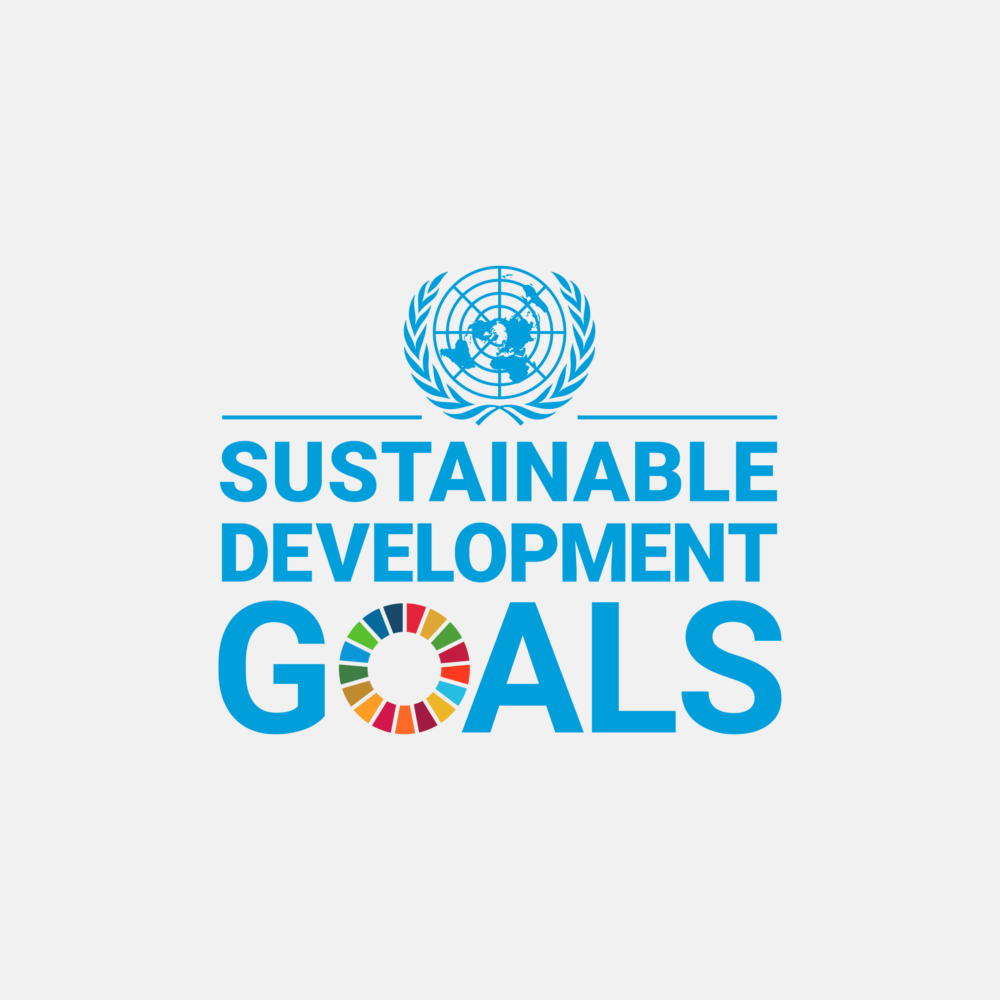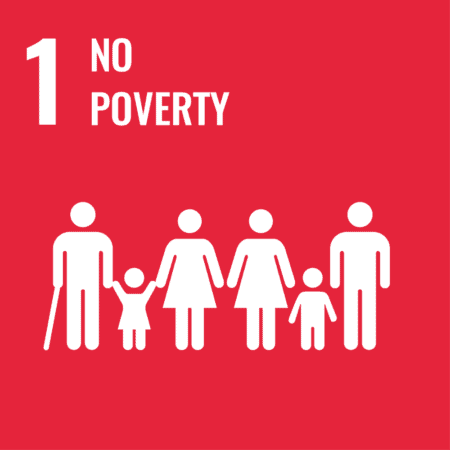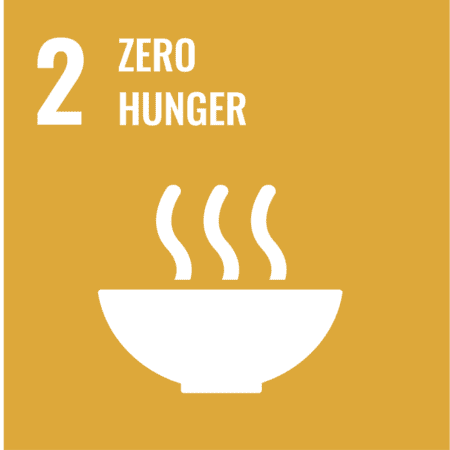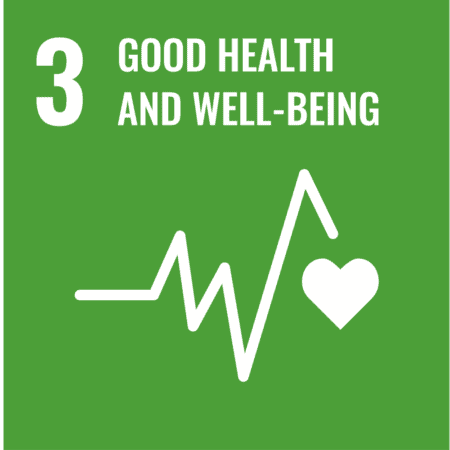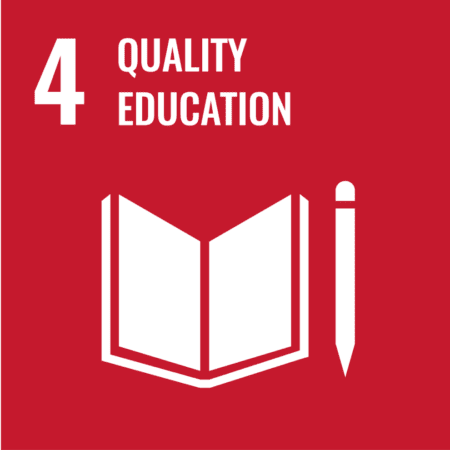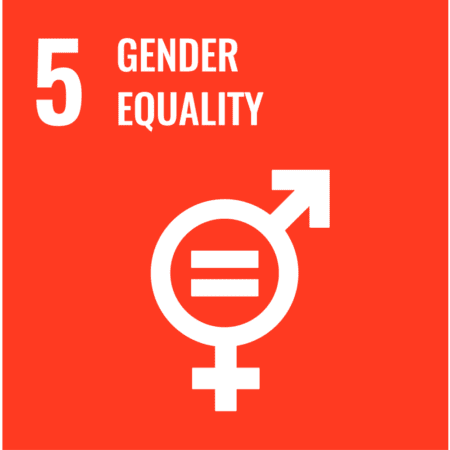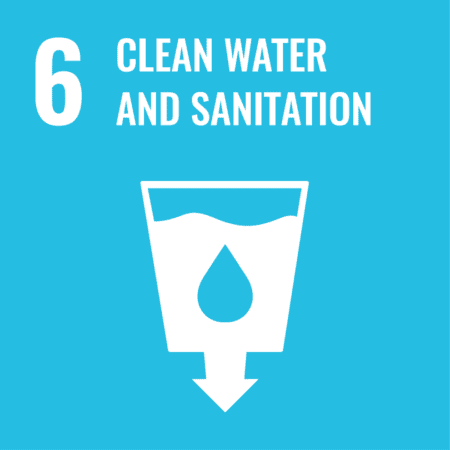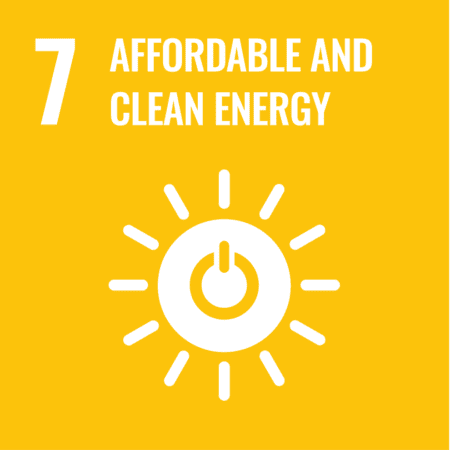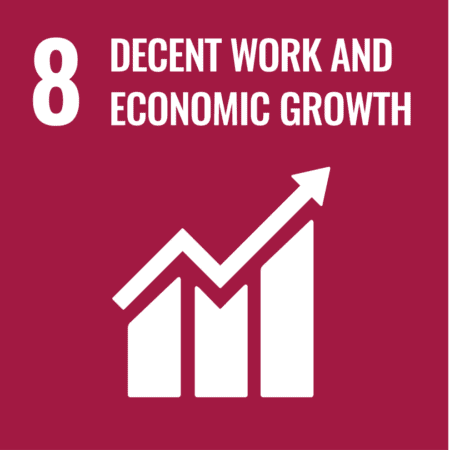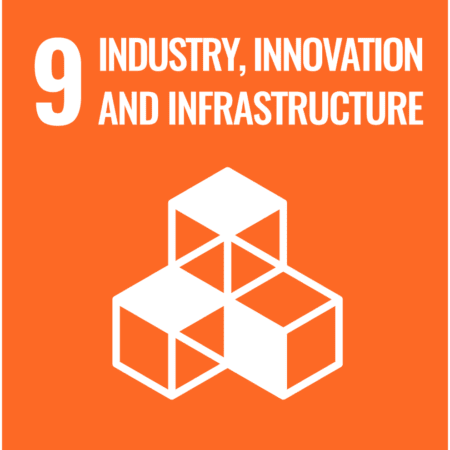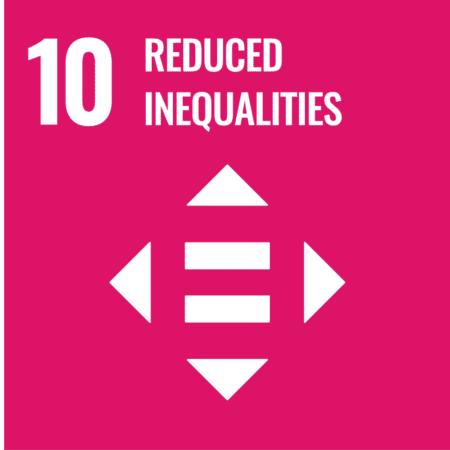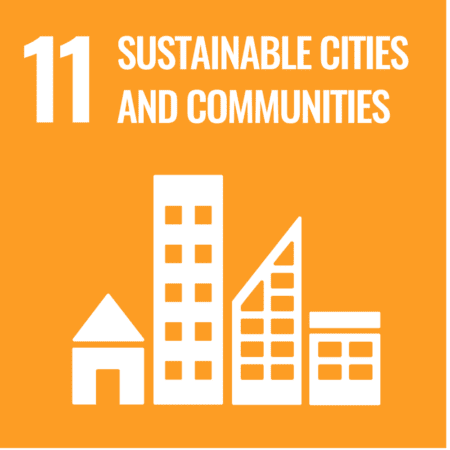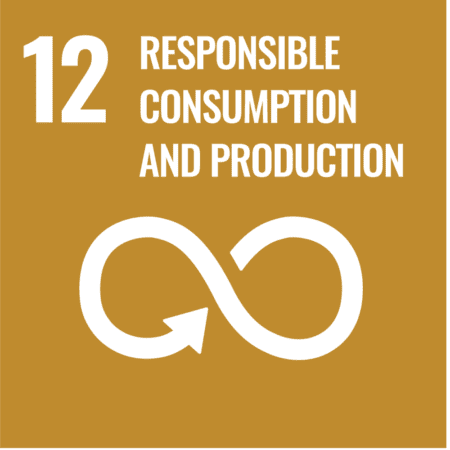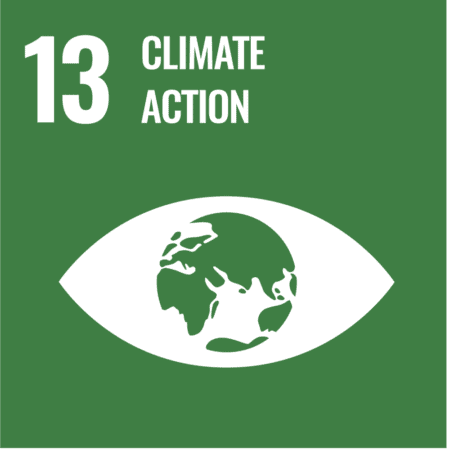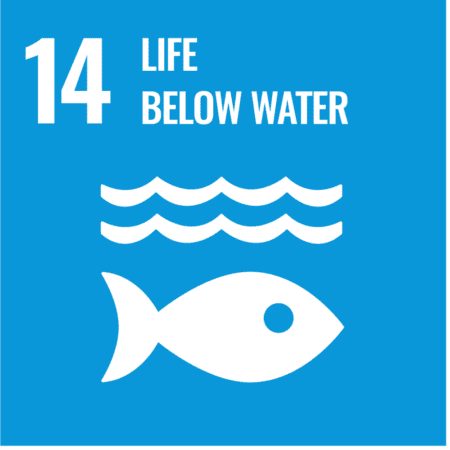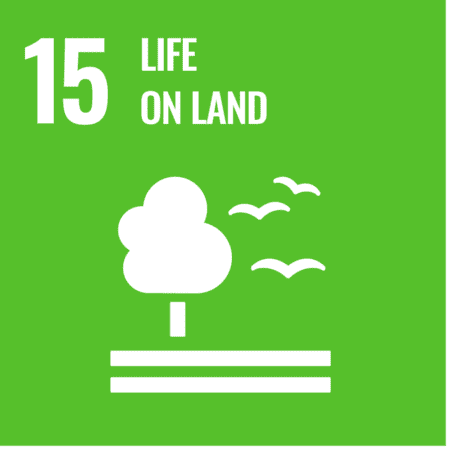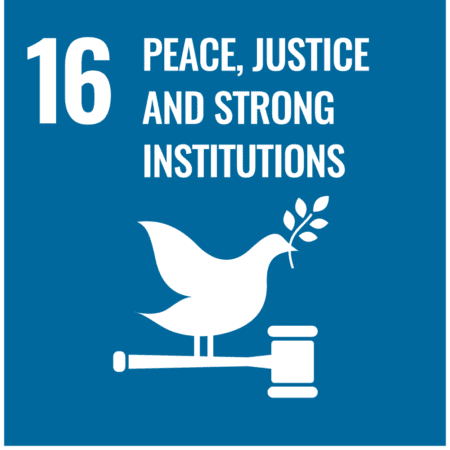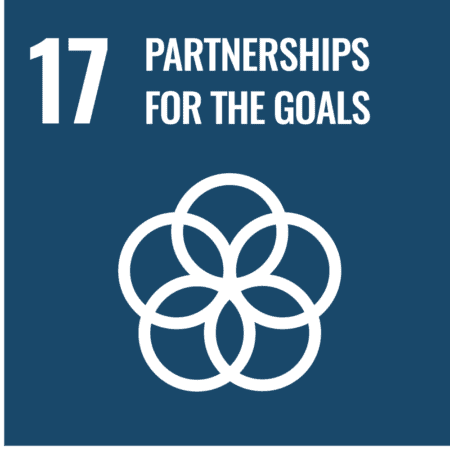Key features
What are the Sustainable Development Goals (SDGs)?
The United Nations’ 17 Sustainable Development Goals (SDGs) are an urgent call to action by all countries to address a range of economic, social and environmental challenges by 2030. They are designed as a blueprint for people and the planet now and into the future. The strength of the SDGs as a framework is that they are endorsed by 193 nations, incorporate a strong social equity element, and include practical, measurable indicators; underpinned by 169 targets to help define progress.
Intersectionality of the goals
The SDGs are not nice-to-haves that we can pick and choose. They are cornerstones of global society and the planetary systems upon which we all depend for future generations. The goals are also highly interdependent, requiring new ways of thinking. For example, there is no net zero (SDG13) without the energy transition (SDG 7), or nature (SDGs 14 and 15). We cannot restore nature without reimagining our food system (SDG 2), and we must have a just transition that leaves no one behind (SDGs 8 and 10). And so on. This intentionally mirrors the fundamentals of sustainable development; economic, environmental and social as three equally important pillars, not to be prioritised or traded off.
Why does Jersey’s finance industry need to understand and act on the SDGs?
The finance industry is essential to achieving the SDGs
In 2015, the UN estimated that meeting the SDG targets by 2030 would require at least US$2.5 trillion annually. For net zero alone (SDG 13), around $125 trillion is required globally to decarbonise the economy, of which $32 trillion is required by 2030. Approximately 70% of such investment is expected to come from private finance.
Mobilising finance for sustainable development has become a global policy priority. Governments are acutely aware that public funds alone are insufficient, that business buy-in is key, and that a key objective is to de-risk the enabling environment for private sector capital. Regulatory, investor and consumer expectations of business and of the finance sector have shifted considerably since 2015. The process of taking due account of environmental, social and governance (ESG) considerations in business and in financial decision-making has matured, and flows of capital to achieve social and environmental goals, longer-term and sustainable activities, have significantly increased.
But there is still much to do. In 2023, the latest UN stocktake found that progress on more than 50% of targets of the SDGs is weak or insufficient, and has stalled or gone into reverse on 30%. Accelerated financing at scale is a key part of unlocking the transformations the world needs.
Managing finance sector sustainability risk
Failure to understand and manage a jurisdiction’s, a company’s, or indeed a portfolio’s exposure to and dependency on wider society and environment is a risk to global financial stability. Regulators and central banks around the world are acting to better understand how markets are exposed to sustainability risks. Providing investors with financial-grade information about how sustainability risks are measured and managed aids decision-making and helps ensure any adverse financial impact is mitigated. We can describe this as looking ‘outside-in’ and this is where disclosure frameworks such as TCFD, reporting standards such as ISSB, and ESG ratings can be useful.
Creating value by financing sustainable development
However, financing sustainable development is about value and impact creation in the real world. We can describe this as looking ‘inside-out’. For more on this, and the important concept of ‘double materiality’, see below.
By 2030, Jersey will be recognised by its clients, key stakeholders and other partners as the leading sustainable international finance centre in the markets it serves
What is ‘double materiality’?
Financing the transformation of sectors, industries and markets to solve the world’s urgent social and environmental issues, and thus contributing actively to the SDGs, is often described as the opportunity of the century. Take for example transformation of the global food system, without which we will not be able to solve the climate or nature crises, or SDG2, amongst others. A 2022 UN report observed that developing and tapping solutions for a net-zero, nature-positive, resilient food system could generate up to US4.5 trillion of new business opportunities by 2030. More broadly, we have reached technology and economic tipping points in a number of industries and sectors where transformations can now happen at scale, for example in renewable energy.
The SDGs are therefore a really useful framing for structuring approaches to financing sustainable development. Financing that aligns positively with the SDGs, and which applies strategies such as transition financing, turnaround, sustainability arbitrage, financing of disruptive products, services and markets, is likely to drive future asset value. Financing that has a negative impact on the SDGs will erode value in the long term and ultimately contribute to collapse of the environmental and societal systems upon which the economy depends.
Different investors and finance institutions have different sustainability preferences. The spectrum of capital ranges from responsible investing (with a focus on risk management and exclusion screening) through to impact investing (where specific positive social or environmental returns are expected alongside financial performance, capital may be more patient and willing to absorb a lower financial rate of return in exchange). There has been significant growth in global sustainability-aligned AuM across this spectrum, and notably the impact investing segment is growing at 18% CAGR.
The concepts of ‘inside out’ and ‘outside in’ are often used to describe how organisations and financial institutions approach their sustainability strategy and consider their impact on the environment and society.
An ‘outside in’ approach to sustainability promotes the consideration of how changes in the environment and society could impact an organisation’s operations and financial position. Examples include the effects on a business from the physical risks of climate change, such as increasing temperatures or rising sea levels, or transition risks, such as regulatory compliance costs, on factors like profitability and asset values. The concept of ESG (Environmental, Social, Governance) is a useful framework for measurement of such factors.
An ‘inside out’ approach, however, is the inverse: where a business looks at how its operations and activities impact the environment and society. Examples of such considerations include carbon emissions, water and waste affluents, and societal impacts of conducted activities including employment, gender diversity and inclusion.
In the same way that ESG is a useful framework to measure ‘outside in’ factors, the SDGs are often used by organisations to measure and monitor ‘inside out’ impacts. Materiality is a concept that has historically been employed in accounting, but in this context relates to the significance of an activity, impact or risk and the degree to which they might influence the decisions of stakeholders. ‘Double materiality’ goes further to acknowledge that an organisation’s sustainability-related performance extends beyond its internal operations and financial results, underscoring the need for organisations to think through the potential ‘inside out’ impacts of their operations on a much larger scale.

Jersey has long been recognised as one of the world’s most stable and successful international finance centres (IFCs). Jersey plays a specific role as a hub of expertise and conduit of capital, with over £1.3 trillion of assets from largely non-resident investors flowing to economies around the world.
As set out in Jersey for Good – A Sustainable Future in 2021, Jersey’s industry recognises it has a responsibility to leverage its expertise and capital to support the transition to an environmentally and socially sustainable economy.
Jersey has been a member of the UN Financial Centres for Sustainability (FC4S) Network since 2021, which encourages jurisdictions to raise awareness of the SDGs in their finance industries, and to set out how they are contributing to the SDGs.
Jersey by its very nature as an IFC has a key role to play in SDG 16 (Peace, Justice & Strong Institutions), SDG 8 (Decent Work and Economic Growth) and SDG 17 (Partnerships for the Goals). The Island has an excellent track record. We also seek to lead by example, through our own Island net zero commitment and environmental protection measures. However, we need to strengthen our understanding, story and approach to how the economic activity we finance through Jersey contributes to the SDGs. This is in order to:
- Be a leading sustainable IFC:
To hold ourselves out as a leading IFC compared to peers, and in the context of UN FC4S Network good practice, we need to demonstrate how we are not just integrating ESG into risk management, but taking opportunities to support and accelerate the flow of capital to positively contribute to the SDGs. - Protect our reputation:
If Jersey is unknowingly financing economic activities that are creating significant adverse impacts on the SDGs, and this was identified publicly, this could be a significant reputational risk for the jurisdiction. We have already seen how other jurisdictions have been called out as over-exposed to deforestation, for example. - Capitalise on the financial opportunity:
We know the size and scale of financing required for the transformation required to achieve the SDGs is significant. For example, in the alternatives sector, we know that sustainability-aligned AuM is projected to reach 28% of global funds AuM by 2026, and we know Jersey is known for its interoperability, efficiency and credibility. Either Jersey is ready, with the awareness, capabilities and tools, and regulatory frameworks where appropriate to facilitate this, or funds will go elsewhere. - Be NextGen ready:
The scale of intergenerational wealth transfer this decade is unprecedented, with estimates of up to U$68 trillion shifting to adult children. This is already reshaping the financial services industry globally. Many of the younger generation want to make purpose-led investment decisions that align with their values. Jersey’s private wealth industry needs to be able to talk the language of impact and SDG alignment in order to continue to best serve these clients - Incubate and test innovative global financing solutions:
The sustainability transition is forming new alliances, approaches and financing mechanisms. We have seen the rise of sustainability-linked loans in Jersey in recent years, for example, but there is much more innovation to come. Solving for the SDGs is driving new financing solutions such as nature credit markets, expanding access to finance for the unbanked, or public-private partnerships for local net zero delivery. Jersey should be well-positioned to play a part. - Retain talent:
Our industry is only as good as our people and we need to attract and retain talent in the face of stiff global competition. We know that employees want to work for purpose-led organisations and in industries that share their values. For example, a survey of Channel Islands employees by PwC in 2023 found 1 in 3 do not feel their employer is taking enough action on climate change.
But all of this starts with awareness and understanding across our industry. We hope you find this tool an insightful starting point.
